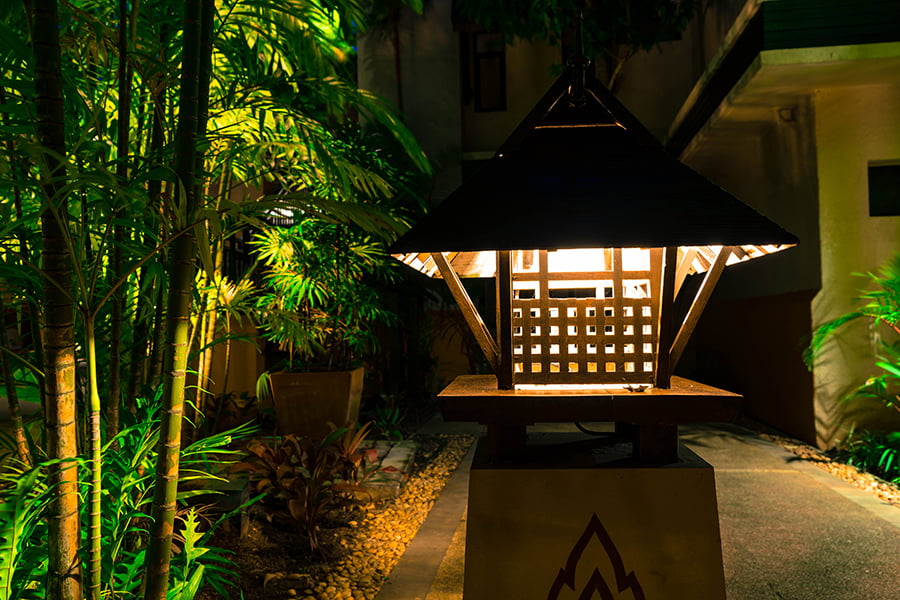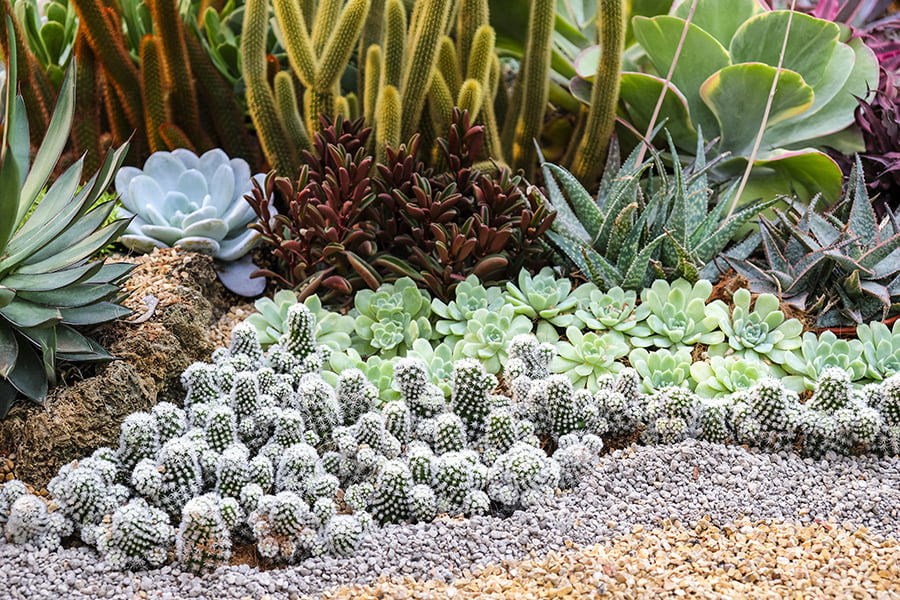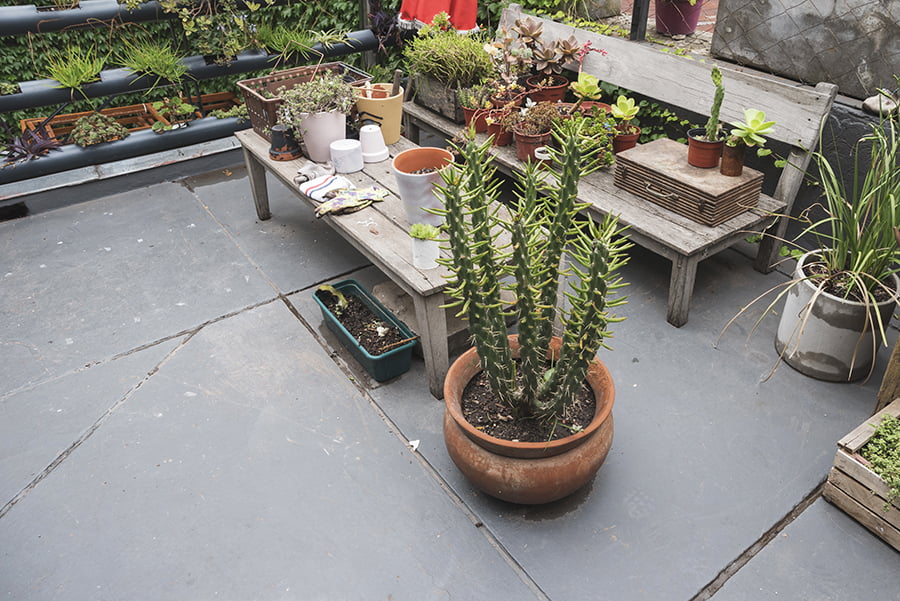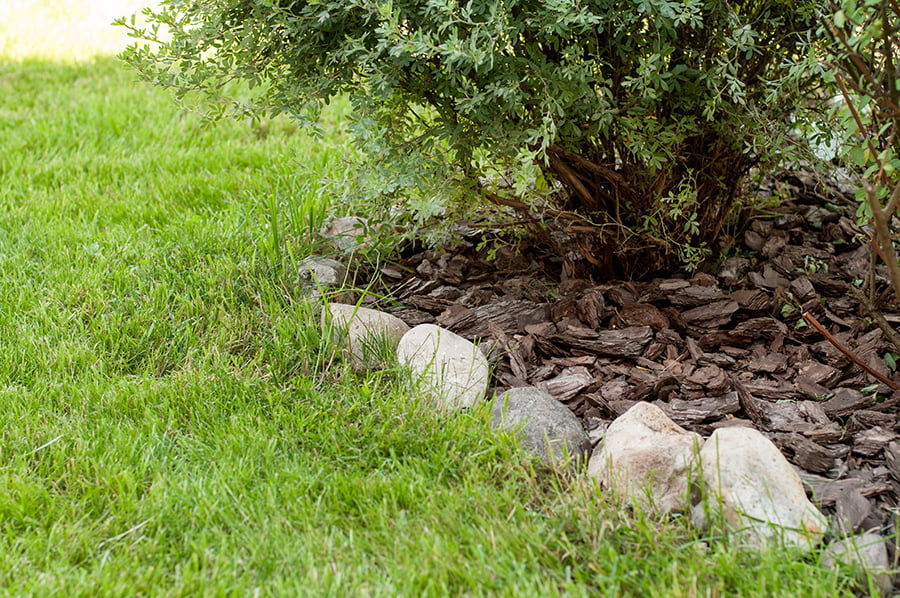Creating an environmentally friendly landscape design can be achieved by using sustainable materials, incorporating native plants that require little to no irrigation, and utilizing natural elements such as rainwater collection systems.
It is important to consider the local climate when selecting plants and other elements of the design.
Creating a landscape design that is both aesthetically pleasing and environmentally friendly can be a challenge. However, with the right knowledge and resources, it is possible to create an outdoor space that not only looks great but also helps protect the environment.
In this blog post, we will discuss some of the best ways to create an environmentally friendly landscape design. We’ll cover topics such as choosing native plants, using sustainable materials, and reducing water consumption.
With these tips in mind, you can create a beautiful landscape that is also good for the environment!
Research Native Plants

Native plants are those that naturally occur in a particular region, and they are adapted to the local climate and soil conditions. By using native plants, you can create a landscape that requires less maintenance and fewer resources such as water, fertilizer, and pesticides.
Native plants provide food and shelter for wildlife like birds and butterflies which helps promote biodiversity in your garden or yard. Researching native plants involves looking up what species grow best in your area as well as learning about their specific needs such as sunlight requirements or soil type preferences.
This research will help you choose the right plant varieties for your landscape design so it can be both beautiful and sustainable.
Consider Water Conservation Techniques
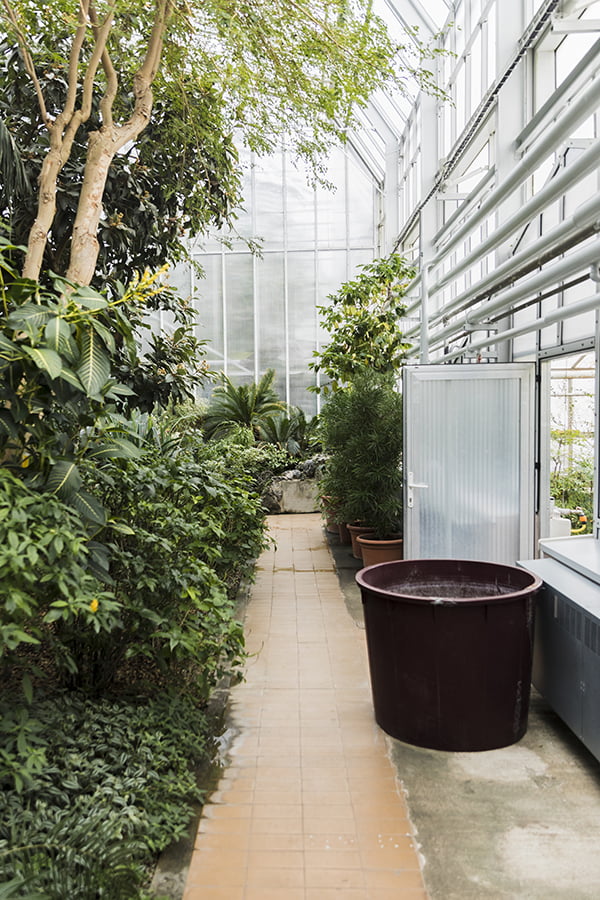
It involves using techniques that reduce the amount of water used in the garden, while still providing enough to keep plants healthy and thriving. This can be done by selecting drought-tolerant plants, installing a drip irrigation system, mulching around plants to retain moisture, and collecting rainwater for use in the garden.
Drought-tolerant plants require less water than other types of vegetation because they are adapted to survive with minimal amounts of moisture. Installing a drip irrigation system helps ensure that each plant receives just the right amount of water without wasting any excess.
Mulch also helps conserve water by preventing evaporation from soil surfaces and keeping roots cool during hot weather. Collecting rainwater allows you to use natural precipitation instead of relying on municipal sources or wells for your watering needs.
By implementing these simple techniques into your landscape design, you can create an environmentally friendly space that conserves precious resources like water while still providing beautiful results!
Use Sustainable Materials

Sustainable materials are those that are produced in a way that does not harm the environment, such as using renewable resources or recycled products. Examples of sustainable materials include wood from sustainably managed forests, bamboo, and composite decking made from recycled plastic and sawdust.
These materials can be used to create outdoor structures like decks, patios, walkways, fences and retaining walls. They also provide a natural look to any landscape design while helping to reduce your environmental impact.
Create a Plan for Maintenance and Upkeep
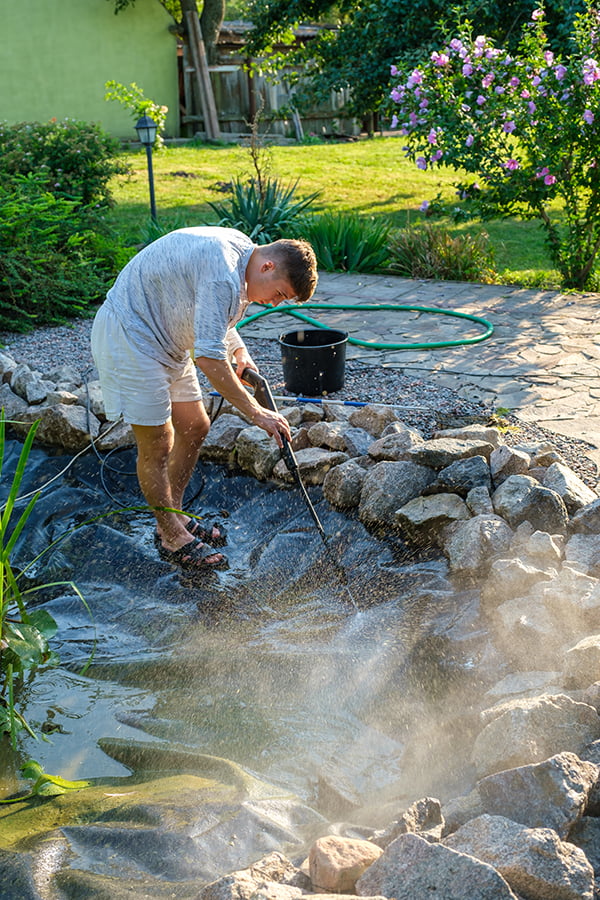
This plan should include regular inspections of the landscape, such as checking for weeds, pests, and disease; pruning plants; and replenishing soil nutrients. It should include strategies for water conservation, such as using mulch or drip irrigation systems to reduce water waste.
The plan should also consider how to manage organic waste from lawns and gardens in order to minimize its environmental impact. By creating a comprehensive maintenance and upkeep plan for an environmentally friendly landscape design, you can help ensure that your design will remain sustainable over time.
Incorporate Wildlife-friendly Features
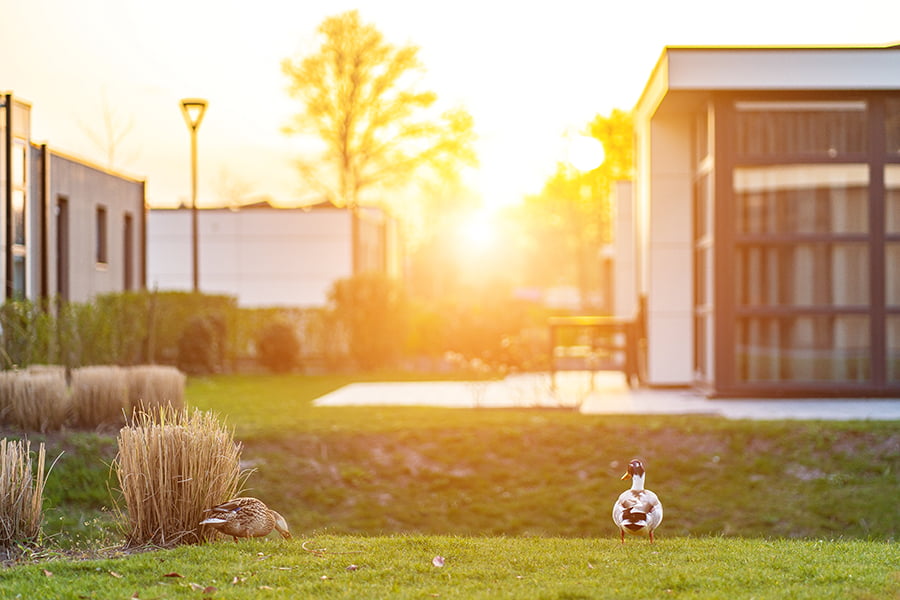
This involves creating habitats for local wildlife, such as birds, butterflies, and other animals. These habitats can be created by adding native plants that provide food and shelter for the animals.
Providing water sources like birdbaths or ponds will attract more wildlife to the area. Other features like nesting boxes or bat houses can also be added to encourage more species of animals to inhabit the space.
By incorporating these elements into a landscape design, it will become a haven for local wildlife while also helping protect the environment.
Select Drought-tolerant Plants
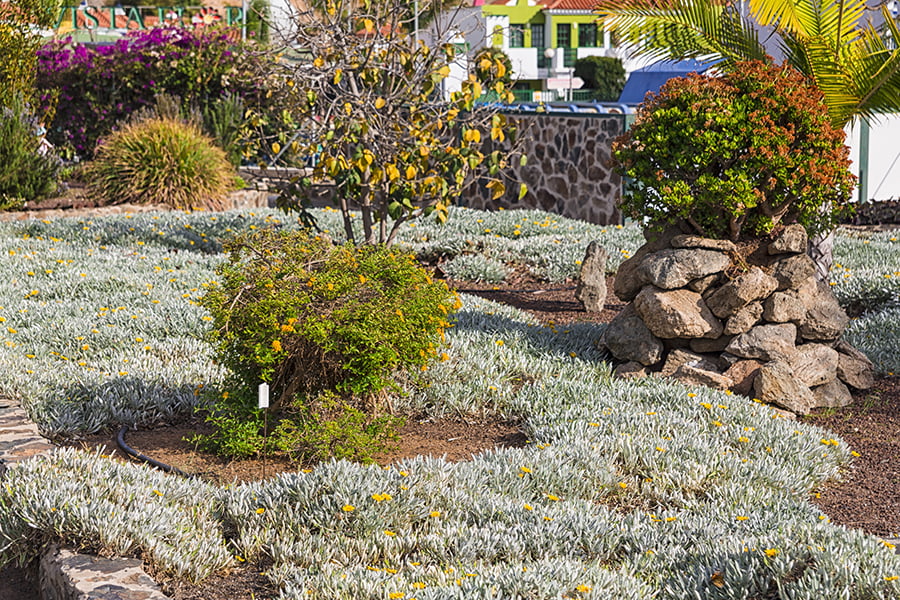
Drought-tolerant plants are those that require less water than other types of plants, making them more resilient in areas with limited access to water or during periods of drought. By choosing these types of plants for your landscape design, you can reduce the amount of water needed to maintain the garden and help conserve resources.
Drought-tolerant plants often require less maintenance than other types of vegetation, which can save time and money while still providing a beautiful outdoor space.
Reduce Lawn Size and Turf Grass Areas
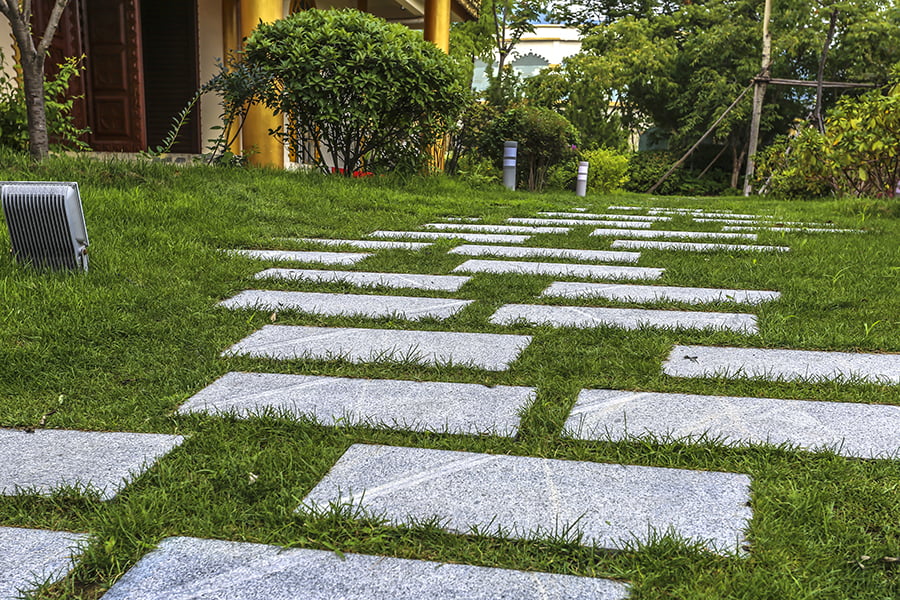
By reducing the amount of turf grass, you can reduce water usage, fertilizer use, and mowing time. This will help conserve resources while also providing a more natural look to your landscape.
Replacing some or all of your turf grass with native plants can provide additional benefits such as improved soil health and increased wildlife habitat. Native plants are adapted to local conditions so they require less maintenance than non-native species and often need less water once established.
Utilize Rainwater Harvesting Systems

These systems collect and store rainwater from rooftops, driveways, and other surfaces for later use in the garden or landscape. This helps conserve water by reducing runoff into storm drains and rivers, as well as reducing the amount of water used for irrigation.
Rainwater harvesting also helps reduce soil erosion by allowing plants to absorb more moisture from the ground instead of relying on sprinklers or hoses. It can help reduce energy costs associated with pumping groundwater since less energy is needed to move stored rainwater around your yard.
These systems can provide a source of natural fertilizer for your plants since they contain nutrients that have been washed away during storms.
